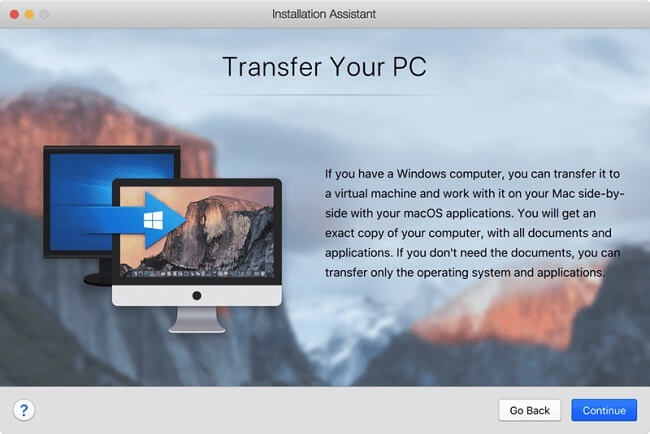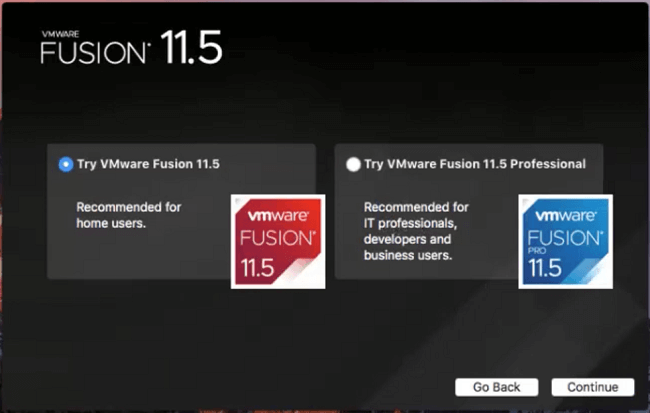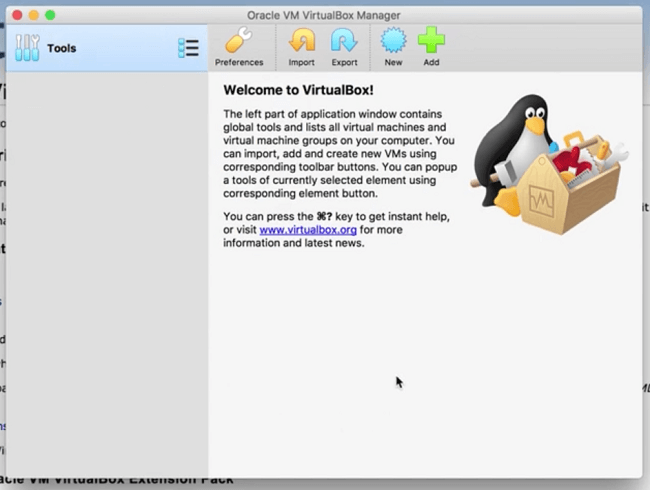Since macOS Catalina users haven’t been able to run 32-bit apps anymore. While many apps’ creators developed new, 64-bit versions of the apps by now, there are still some applications and plugins that can only run on 32-bit Macs. If you need to run a 32-bit app on Big Sur, you can do it with the help of a virtual machine.
Virtual machines allow you to install and open an earlier version of macOS (for example Mojave) in a window on your Mac Big Sur or Catalina. You will be able to run two operating systems at the same time, which is handy if you want to open a single 32-bit app alongside your 64-bit Mac applications. However, when you run a virtual machine, your computer’s resources are split between the two operating systems, so everything may run slower than usual.
Popular virtualization apps for macOS are Parallels Desktop, VMware Fusion and VirtualBox. This article will cover pros and cons of using VMware Fusion, VirtualBox and Parallels.
Install 32-bit apps on macOS Big Sur With Parallels Desktop

Parallels Desktop is very intuitive and easy-to-use for regular computer users. You can open another operating system in a separate window (including a full screen mode), or you can turn on Coherence mode. In Coherence mode the virtual machine will run in the background, while 32-bit programs can run alongside your regular Mac apps. Parallels Desktop allows you to copy and paste or drag and drop between both OS’s without any problems.
Parallels Desktop prices start at $79.99, however there is a free trial period available.
Get 32-bit apps on macOS Big Sur With VMware Fusion

VMware Fusion is another popular virtualization software for Macbooks. It is close to Parallels in terms of functionality and pricing, but VMware’s Fusion supports a larger number of operating systems than Parallels. On the other hand, Parallels is easier for beginners, and runs a little smoother. Otherwise, these two programs are approximately on the same level.
Install 32-bit apps a Mac Big Sur Via VirtualBox

If you don’t plan to spend extra money on virtualization software, there’s always VirtualBox by Oracle. VirtualBox is a pretty decent free alternative to paid software if not slower, less polished and missing some handy functions. If you need to run some resource intensive apps on a virtual machine, VirtualBox might not be the best choice for you. VirtualBox also requires more technical knowledge than, for example, Parallels, as users need to tune some settings themselves when installing it. However, if you are a power user already or don’t mind doing a little more work, and you are not going to run resource intensive software, VirtualBox is a good (and free!) alternative.